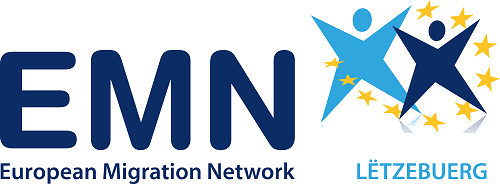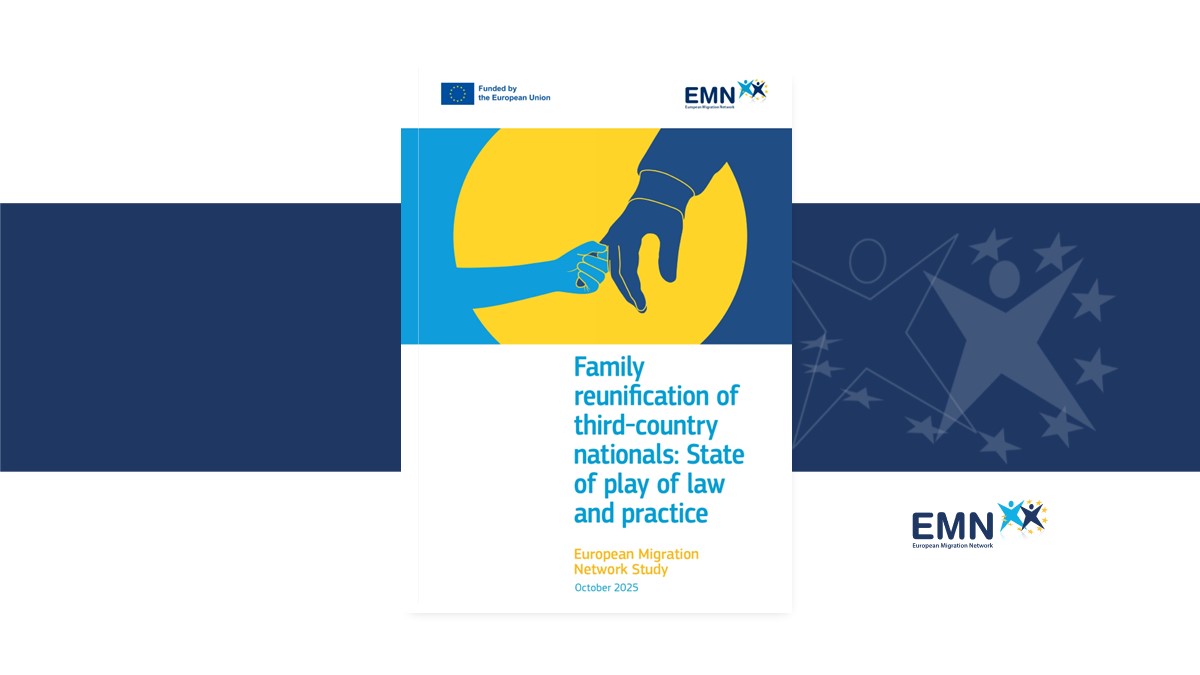This study of European Migration Network (EMN) was prepared on the basis of national contributions from 25 EMN Member Countries. The study was complemented by a questionnaire prepared by the European Commission and submitted to three international organisations, the International Organisation for Migration (IOM), the United Nations High Commissioner for Refugees (UNHCR) and the Red Cross EU Office to gather their inputs. Their combined inputs have been added as boxes in the study, under the relevant sections.
Family reunification has long been one of the main channels of legal migration to the European Union (EU), accounting for 26% of all first residence permits issued in 2023, or nearly one million permits, according to Eurostat. It plays a crucial role in upholding the right to family life under international and EU law, supporting the integration of third-country nationals, and contributing to labour market needs when family members enter employment. The EU’s legal framework for family reunification of third-country nationals is anchored in Council Directive 2003/86/EC (Family Reunification Directive), which sets out the conditions and rights associated with family reunification for legally residing third-country nationals. Since its adoption in 2003, several significant developments have shaped its implementation, including amendments to national legislation, key rulings by the Court of Justice of the European Union (CJEU) and the European Court of Human Rights (ECtHR), and the growing digitalisation of migration procedures across Member States.
This study provides an overview of legal and policy developments related to the implementation of the Family Reunification Directive since 2017, as an update to an earlier EMN study on family reunification published that year. It examines the current state of national legislation, policies, and practices after two decades of the Directive’s application, incorporating relevant case law and highlighting challenges and good practices. For countries not applying the Directive, such as Ireland and Serbia, the study offers a comparative perspective on similar national frameworks governing family reunification. Aimed primarily at national policymakers, the study supports the development of effective family reunification policies and promotes the exchange of good practices across EMN countries. It maps recent legislative and policy changes, including those prompted by rulings of the CJEU, and explores complementary pathways. It also presents data on the scale and evolution of family reunification between 2017 and 2023 (and 2024 where available), drawing on both Eurostat and national sources. The findings are also relevant to practitioners, non-governmental organisations, international organisations, and the general public engaged in this area. As specified above, when reference is made to beneficiaries of international protection throughout the study, it means that the rules described apply to both refugees and beneficiaries of subsidiary protection. In case of differentiation, the study will explicitly refer only to refugees or beneficiaries of subsidiary protection.
You may find the full report as well as the EMN Inform and the EMN Flash on the same topic below!

